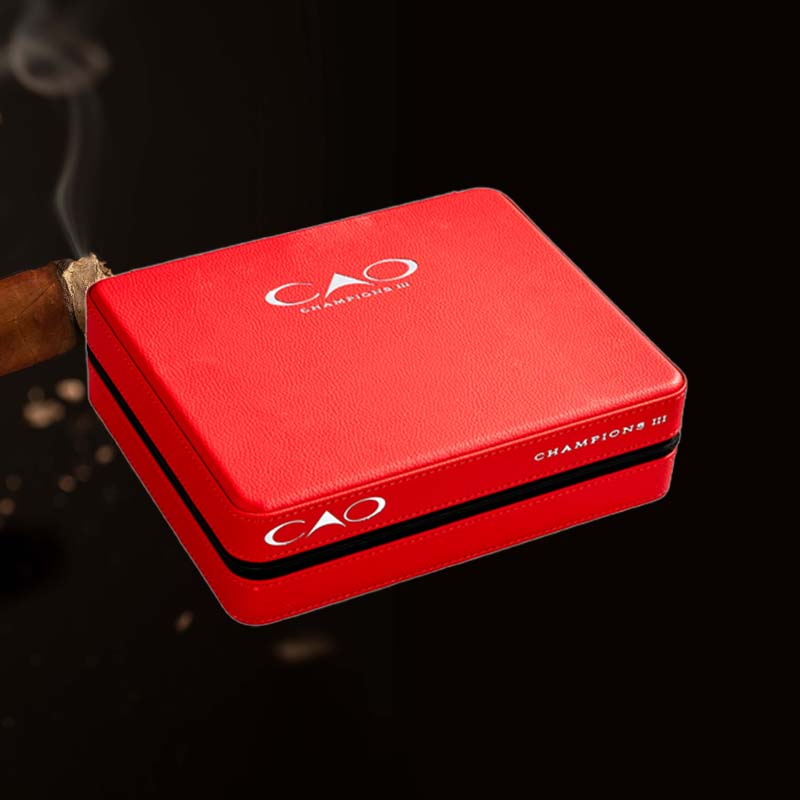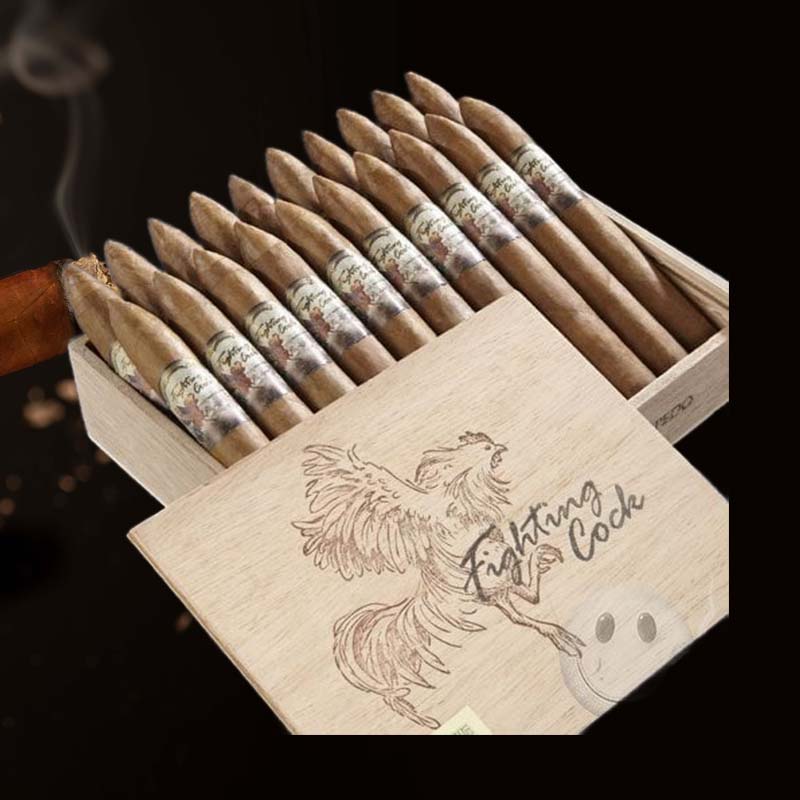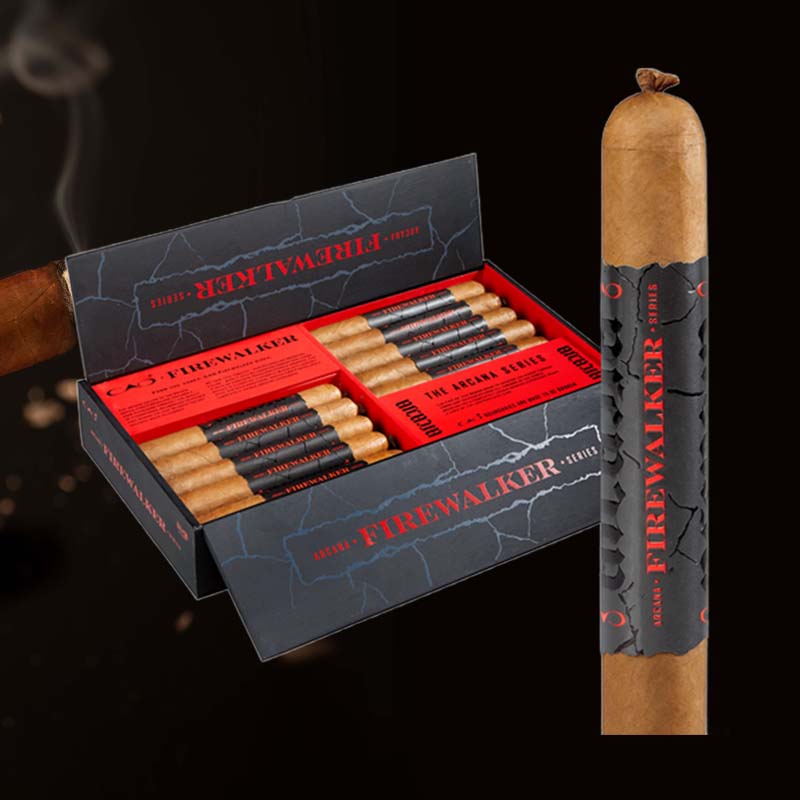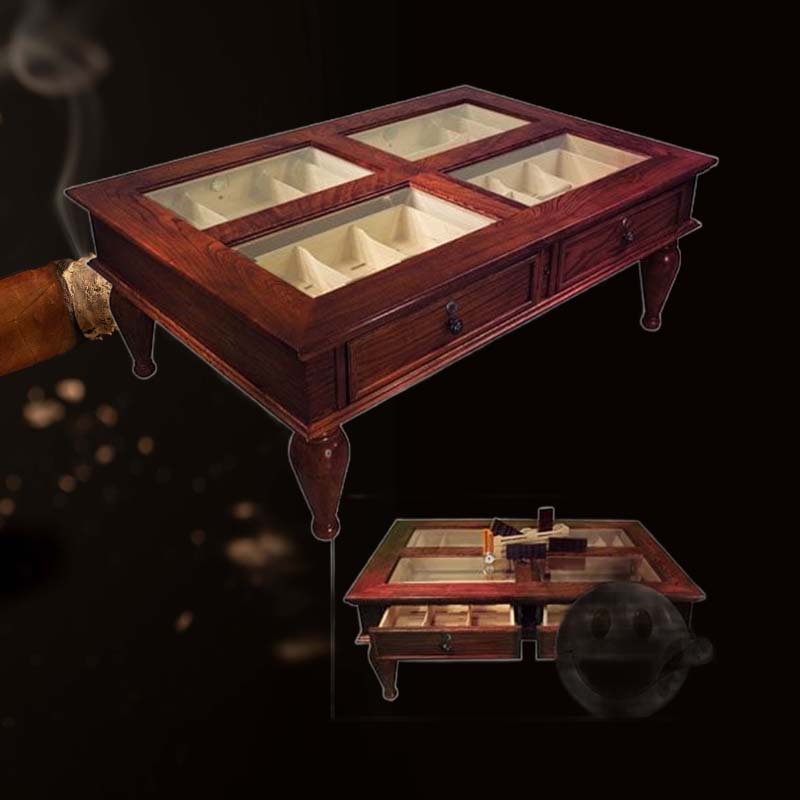How to repair my torch lighters clicker
Introduction: Fixing That Jet Lighter You Love
There’s something uniquely satisfying about a reliable torch lighter; it’s more than just a tool—it’s an extension of my personality, especially when I’m out enjoying a good cigar with friends. But what do you do when the clicker, the very heart of your lighter, starts failing? I remember the first time mine wouldn’t ignite, and I felt a wave of dismay wash over me. Luckily, I found that repairing my torch lighter’s clicker was not only possible but also quite rewarding. Here, I’ll guide you through this simple yet enlightening journey.
Step 1: So What You’ll Need for This

Essential Tools and Supplies
Before diving into the repair, it’s vital to gather the necessary tools and supplies. Here’s my checklist:
- Small screwdriver (flathead and Phillips)
- Pliers
- A clean cloth
- Butane fuel
- Replacement flint (if needed)
- Compressed air can
- Safety goggles (for protection)
Step 2: Ok Diagnosis Time Doctor

Identifying the Problem
Understanding why your torch lighter isn’t clicking is crucial. I start by checking for any visible signs of wear or damage. Common issues can include:
- Empty fuel tank
- Clogged jets
- Worn or broken flint
- Misaligned ignition mechanism
Step 3: Opening Your Lighter Up

Safe Methods to Access the Mechanism
Once I’ve pinpointed the potential issue, I carefully open the lighter. Here’s how I do it:
- Ensure the lighter is empty of fuel.
- Use a small screwdriver to remove the screws from the body.
- Gently pry open the lighter’s casing, being cautious not to break any small plastic pieces.
Step 4: Adjusting the Spark
How to Fine-Tune the Ignition Mechanism
At this stage, I take a closer look at the clicker and the ignition system. If it feels stiff or doesn’t return to position, gently adjust it with pliers until the mechanism operates smoothly. Regularly, I encounter:
- A spring that’s loosened over time.
- Debris caught in the mechanism.
Step 5: So I Did That, But I’m Not Getting Anywhere

Common Issues and Solutions
If my lighter is still not functioning, I consider these possible culprits:
- Fuel blockage: I check and clear any blockages in the jets.
- Flint failure: If the flint is worn, it’s time to replace it.
Step 6: Putting It Back Together
Reassembling Your Torch Lighter Correctly
After making adjustments, it’s time to reassemble. I carefully align all parts and ensure everything fits snugly. Gently tighten the screws but avoid over-tightening, which can strip the plastic. Careful handling is essential here to keep the integrity of the lighter safe.
Step 7: I Do Believe We’re Done

Final Checks After Repair
Before celebrating a job well done, I perform final checks:
- Refill the butane and let it sit for a few minutes.
- Test the clicker and ignition a few times to ensure functionality.
Common Causes of a Torch Lighter Not Clicking

Understanding Potential Issues with Click Mechanism
Throughout my experiences, I’ve learned that common reasons for a torch lighter not clicking include:
- A depleted flint or misalignment in the triggering mechanism.
- Built-up debris in the ignition area.
- Particularly cold environments which affect the butane’s ability to ignite.
Navigating Troubleshooting Steps for Torch Lighter Revival

Systematic Approaches to Resolve Issues
When troubleshooting, I follow a systematic approach:
- Confirm that the lighter has adequate fuel.
- Inspect for any visible blockages in the jets.
- Check the flint and replace if necessary.
DIY Troubleshooting or New Purchase – Weighing the Options
When to Repair vs. Replace Your Lighter
It’s essential to weigh the benefits of repairing versus buying new. If my lighter is an expensive or sentimental piece, I usually lean towards repair. However, if it’s an inexpensive model, I might opt for a replacement to save time and effort.
Tips for Maintaining Your Torch Lighter

Best Practices for Longevity
To prevent future repairs, I’ve found these maintenance tips beneficial:
- Regularly refill with high-quality butane.
- Clean the jets periodically to ensure even fuel flow.
- Store it in a temperature-stable environment to avoid cold-related issues.
Warnings when Managing Torch Lighters
Safety Precautions to Consider
Safety always comes first when dealing with lighters. I always ensure:
- Working in a well-ventilated area.
- Avoiding exposure to extreme temperatures.
Use High-Quality Butane

The Importance of Fuel Quality
Using high-quality butane significantly reduces issues with clogs and ignition. The difference is noticeable, especially when I’m trying to light my favorite cigar. I always opt for reputable brands.
Check the Flint

Flint Maintenance and Replacement
Maintaining the flint is crucial for consistent ignition. I check it regularly and replace it whenever it appears worn down or fails to strike correctly.
Clean the Jets

Steps for Keeping Jets Clear and Functioning
Cleaning the jets ensures a strong flame. I use compressed air to remove any debris or buildup, making sure the fuel flow is uninterrupted.
Conclusion: Mastering Clicker Repairs for Longevity
Final Thoughts and Summary
Repairing my torch lighter’s clicker has not only saved me money but has also deepened my appreciation for the craftsmanship of these devices. With a little patience and the right tools, I’ve learned that I can keep my lighter—my trusty companion for many cigar experiences—in perfect working order!
How do you fix a lighter that won’t flick?

To fix a lighter that won’t flick, first, check if it has fuel and if the flint is in good condition. You may need to clear any blockages and replace the flint if it’s worn out.
Why is my push button lighter not sparking?
If your push button lighter isn’t sparking, it might be due to an empty fuel tank, a clogged jet, or a faulty ignition mechanism that needs adjustment or replacement.
Why won’t my torch lighter work?

Your torch lighter may not work due to lack of fuel, a clog in the jets, or issues with the ignition mechanism. Inspecting and cleaning these areas often resolves the issues.
How do you fix a sputtering torch lighter?

To fix a sputtering torch lighter, ensure it has enough fuel, clean the jets of any debris, and check the flint condition. A thorough cleaning of the fuel passageway can often help.





